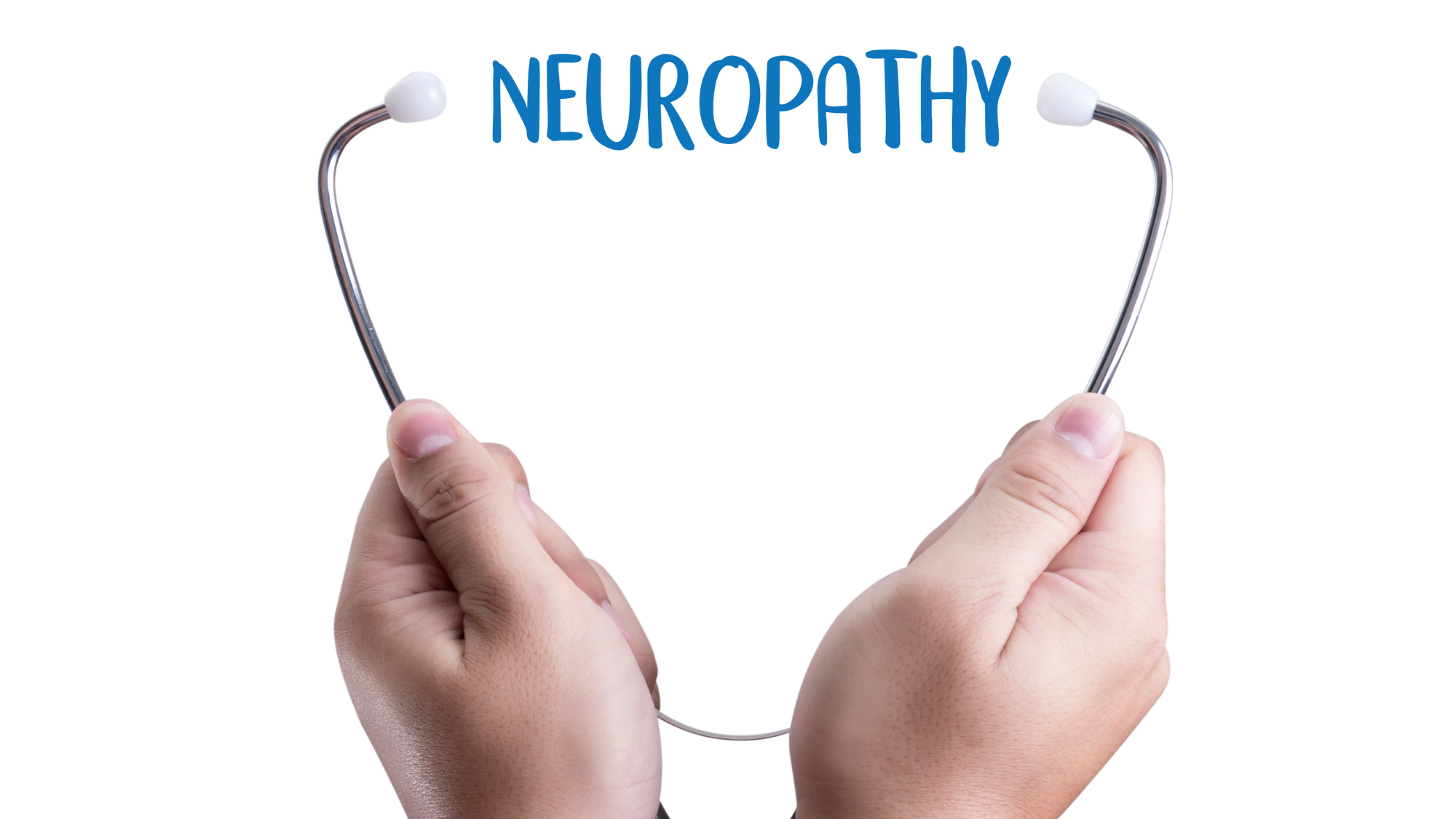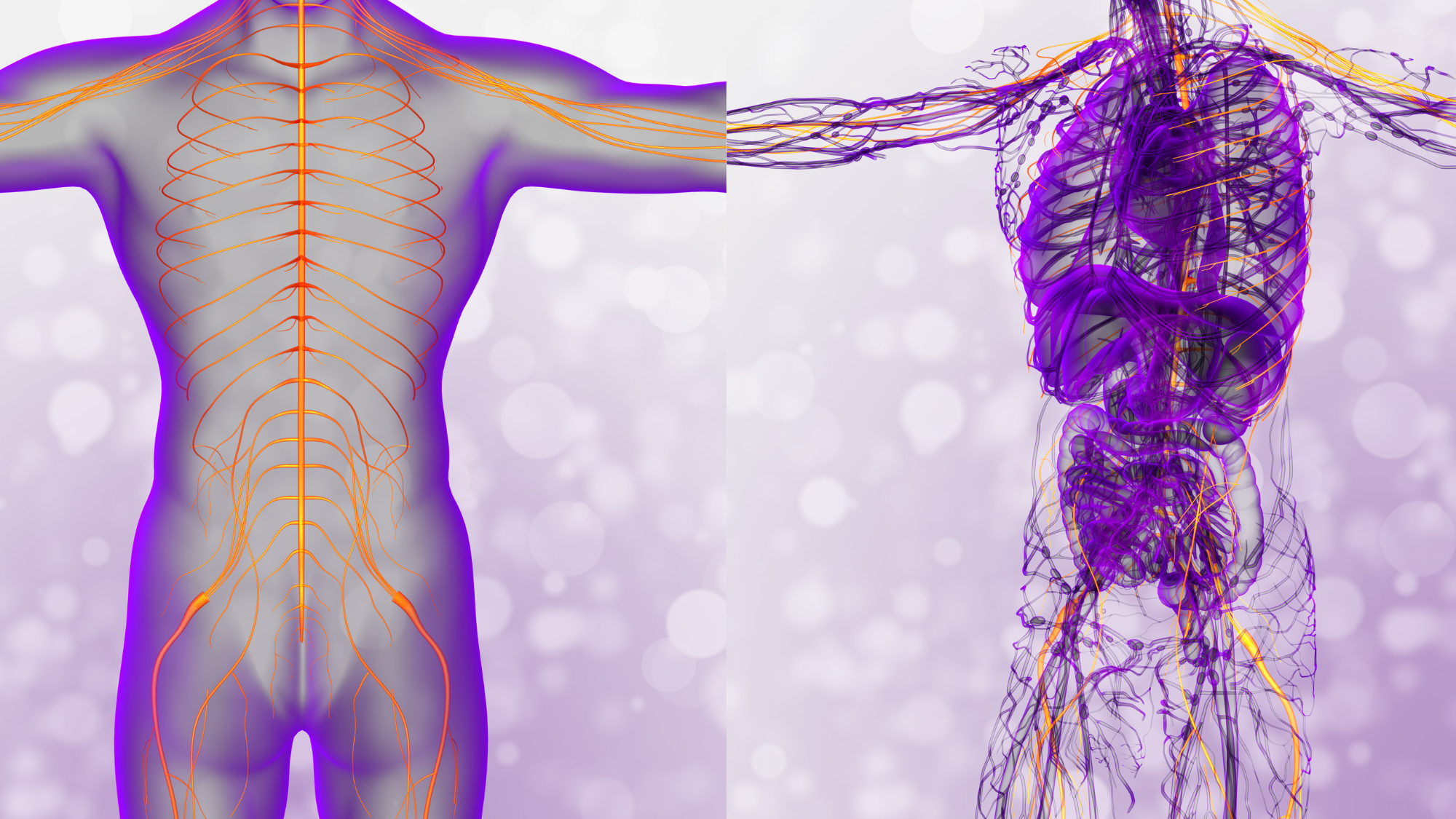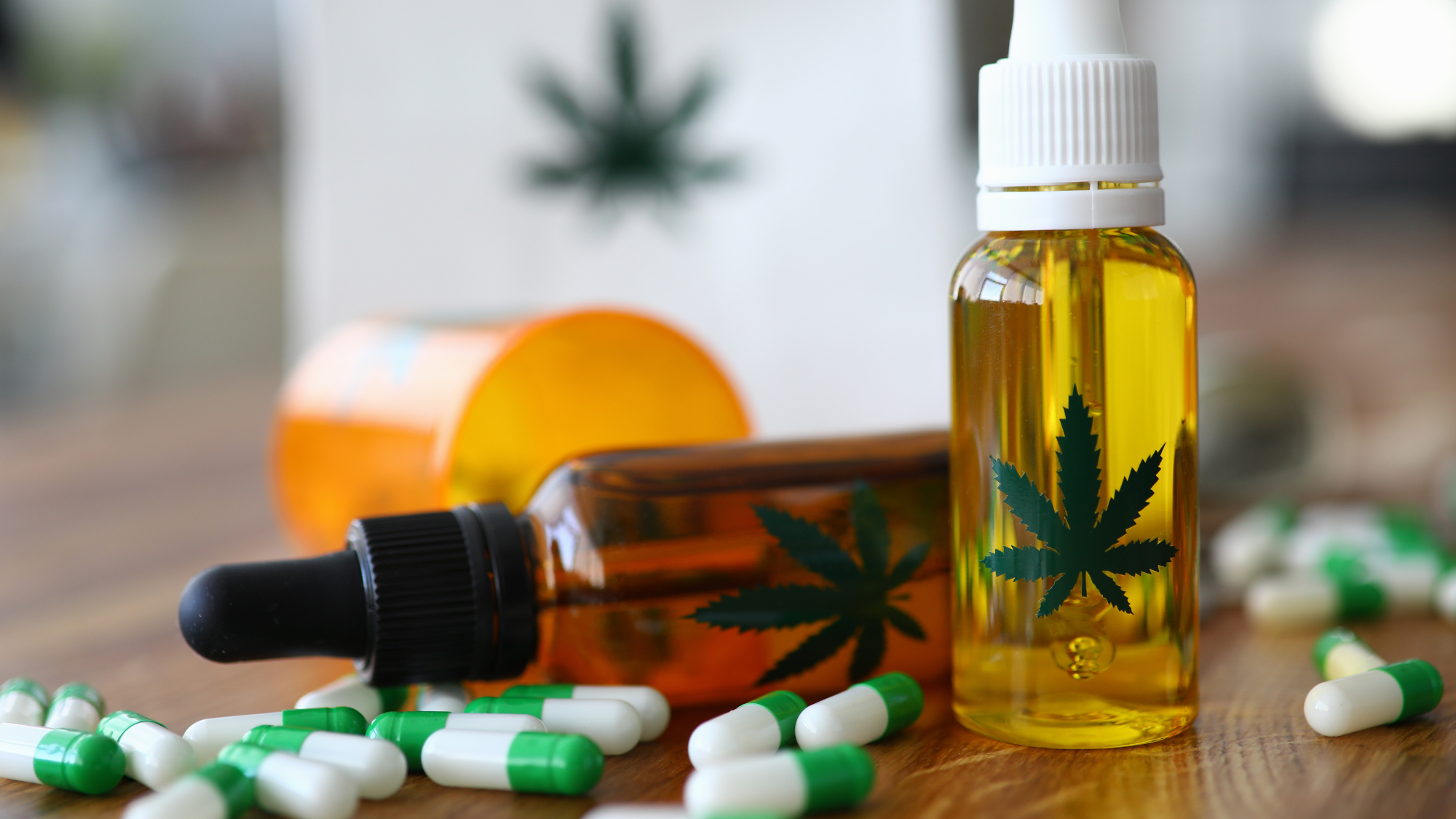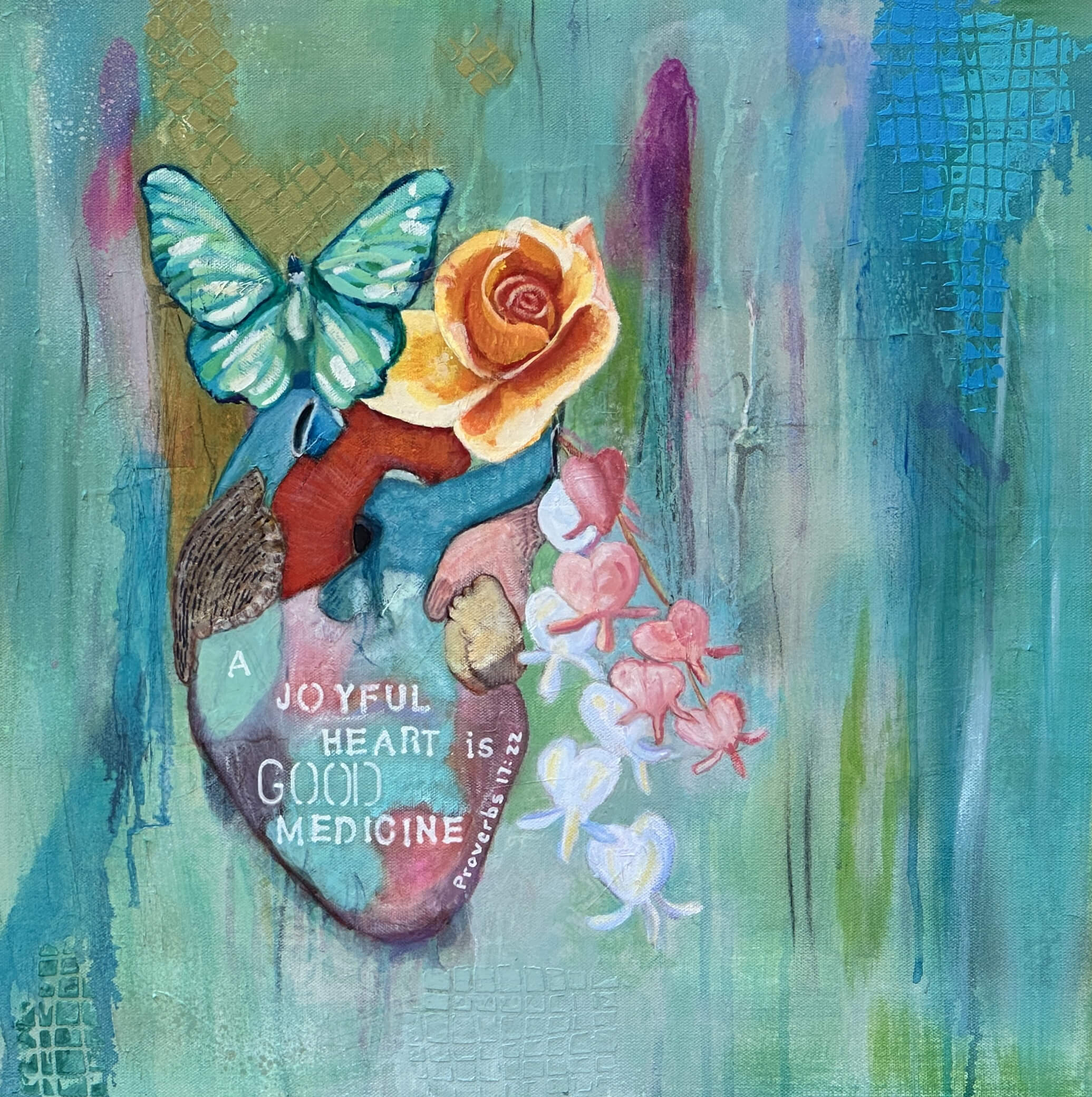
What is Neuropathic pain?
It is a chronic condition that is caused by damage to the nervous system. Neuropathic pain results from damage or dysfunction to the peripheral ( arms and legs) or central nervous system. It can result in altered sensation in a leg or an arm or hands and fingers or neck. There is another type of neuropathic pain called CRPS or chronic regional pain syndrome that is extremely painful. This type of pain can be incredibly debilitating, making it difficult to perform everyday tasks. Unfortunately, traditional pain medications are often ineffective at treating neuropathic pain. This has led many people to explore alternative treatments, such as CBD and cannabis products.

But first, what is the conventional approach to these disorders?
Providers used to readily prescribe opiates but with the opioid crisis in full swing, prescribing habits have changed so first line medications include gabapentin or Lyrica, tricyclic antidepressants, like amitriptyline, SNRIs like duloxetine or venlafaxine. After that, opiates like tramadol and tapentadol which are milder opiates may be prescribed. Topical medications include capsaicin and lidocaine patches or gel. Last resort meds would be stronger opiates like morphine or oxycodone and lastly injections like botox into the affected area.
The problem with all of these options are you are looking at long term use and risk of side effects including issues like QT prolongation, nausea, constipation, ataxia, dry mouth, hypertension, dizziness and rash at application site if you are using a topical patch or gel.

How can plant medicine be a benefit?
We know from existing studies that cannabis has properties that protect the nervous system. It is a neuroprotectant, an antioxidant and a pain modulator. This is important because it can actually result in restoration of damaged nerves in some situations. It will decrease inflammation, remove or reduce oxidative stress and help control pain.
When clinical trials are established there is this statistical analysis important for the outcome of the trial known as the
'number to treat". That means that out of so many patients the positive response was explained as the number to treat. In a person with cholesterol issues who takes a cholesterol lowering agent the number of patients that have a positive response in terms of reducing risk of heart attack or stroke is 200. So you would have to treat 200 people for 1 person to not have a stroke or heart attack (that is a really terrible statistic). In the case of using cannabinoids to treat neuropathic pain, the number of patients to treat to result in an improvement or complete resolution of symptoms is 5.6. That is a significant number!!

How Does This Work?
It’s that good ole’ endocannabinoid system (ECS) that occurs naturally in our bodies in an attempt to create balance or homeostasis. The CB1 receptors that live in the CNS and the peripheral nervous system are activated by the ECS and results in pain modulation. The CB2 receptors live in other structures particularly monocytes and mast cells which are associated with inflammation. When these receptors are activated, there is a cascade of events that occurs in the CNS and brain that results in a decrease in pain. Other newer discovered receptors are activated as well to help with pain modulation.
It should be noted that all forms of cannabis are currently illegal in many parts of the world. As a result, obtaining these products can be difficult and may not be legal in your area. If you're considering using CBD or cannabis products for neuropathic pain, make sure to speak with your healthcare provider first. They can help you weigh the potential risks and benefits before you make a decision. Also CBD is more readily available. Click the link for a really good source of CBD and education.

How to Dose Cannabis and CBD for Neuropathic Pain
As with previous recommendations, using the lowest effective dose of cannabis is recommended in order to avoid psychoactive effects that are uncomfortable. We are looking for pain relief without sedation or dizziness. A randomized controlled trial explored pain relief using small smoked doses of 9% THC and resulted in decreased pain without side effects. They found a single inhalation of 25 mg of cannabis with 9.4% THC decreased pain intensity in post-traumatic or post-surgery induced neuropathic pain. This is a dose of less than 2 mg of THC.
- Oral: consuming cannabis orally will improve rest, sleep and will help control pain for longer periods of time. Oral consumption has a longer onset of action and it may take more experimentation to find the right dose. It can take 45 minutes to 1 hour to feel the effects with this route. The benefit, is the longer duration of pain control.
- Another oral approach is an oil or tincture. These products will take effect min about 20 minutes but won’t last as long. An example dose would be 2.5 to 7.5 mg of THC taken orally every 3-4 hours. This regimen will help with low to moderate pain levels. If this dosing results in psychoactive symptoms then adding CBD will help with that. The goal is to find your sweet spot!
- Vaporizing and smoking cannabis is a common approach and is very effective for treating neuropathic pain. There is a rapid onset of action with this method. Use the lowest effective dose of 2.5 - 7.5 mg. If you aren’t used to using cannabis, start with no more than 2.5 mg and wait patiently 15 minutes before adding more. 2.5 mg is equivalent to a matchstick size piece of flower.
- Topically you can try CBD/THC to help reduce local inflammation. The best is a high dose of THC rich salve or lotion or gel.

Chemovars for Neuropathic Pain
High CBD varieties are good for neuropathic pain like Harlequin, Cannatonic, or ACDC
High THC varieties are good for distracting you from the pain and for sleep support and include chemovars higher in myrcene and linalool such as any of the Purple varieties and any of the cookies varieties. Beta caryophyllene is another important anti-inflammatory terpene found in the cookies chemovars as well.

Essential Oils for Neuropathic Pain
Essential oils have so many properties known to help with nerve issues and pain in general. Specifically 1-2 drops each of frankincense, blue spruce, vetiver, helichrysum, lavender and eucalyptus mixed with a carrier oil and applied topically 3-5 times daily can help. Taking a capsule filled with 3 drops each of coriander, helichrysum and copaiba and 1 drop nutmeg taken 1-3 times daily will benefit. Specifically for sciatica make a capsule with 5 drops each of balsam fir, lemongrass and helichrysum 1-3 times daily. I personally love Panaway oil from Young Living mixed with a carrier oil and applied topically brings relief for several hours.
Essential oils can vary in terms of how they are grown, harvested, distilled and bottled. You need a company that is doing all of that right without chemicals and pesticides and I recommend Young Living. I trust this company completely and have used their oils for 7 years. Please reach out if you would like more information and in the meantime, here is a link if you want to explore on your own.

Other Options for Addressing Neuropathic Pain
The WAVWATCH is a device that operates on sound frequencies. Our bodies have frequencies and we respond to sound. We feel better when we listen to happy music, we feel sad if the music is sad. Sound can really affect us more than we even knew. This watch is a pretty amazing tool. There are 850 different medical diagnoses that it addresses including anything to do with the nervous system. I have a link that will save you $100 if you are interested. Use the code
SHOSHANA100 for that discount.
Exercise and other modalities
Stretching, walking, massage, physical therapy, heat and cold are also options for addressing neuropathic pain.

Conclusion
CBD and cannabis products offer hope for many people struggling with neuropathic pain. While more research is needed to understand the full effects of these substances, early evidence suggests they may provide some benefit. If you're considering using CBD or cannabis for neuropathic pain relief, make sure to speak with your healthcare provider first to weigh the potential risks and benefits before making a decision.. And of course, if you would like one:one help you can book an appointment with me for coaching.








0 Comments